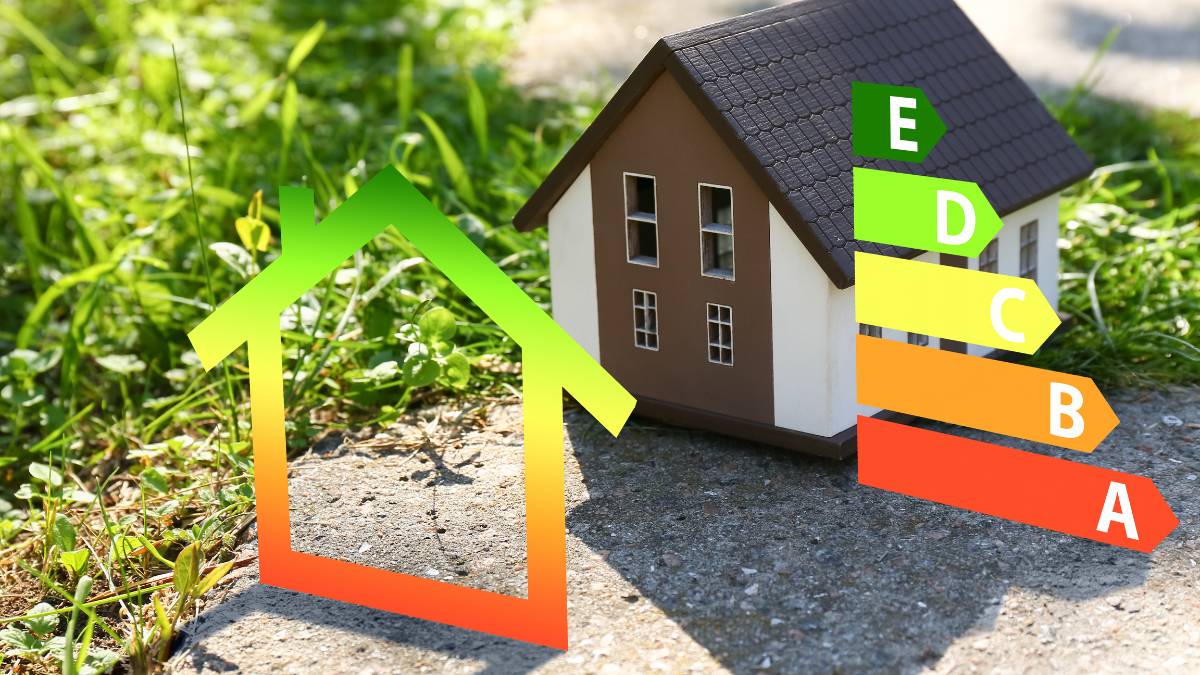Last Updated on June 19, 2024 by Kravelv Spiegel
In the pursuit of sustainability and cost savings, making your home more energy-efficient has become a paramount goal for many homeowners. From reducing utility bills to minimizing environmental impact, there are numerous benefits to adopting energy-efficient practices.
In this guide, we’ll explore six smart ways to transform your home into an energy-efficient haven, providing not only economic advantages but also contributing to a greener and more sustainable future.
1. Upgrade to Energy-Efficient Appliances:
Upgrading your appliances to energy-efficient models is a significant step toward reducing your home’s energy consumption. Old appliances tend to be energy-guzzlers, contributing to higher utility bills and increased environmental impact. Look for appliances with the ENERGY STAR label, a certification that indicates compliance with rigorous energy efficiency standards set by the Environmental Protection Agency (EPA). Whether it’s a refrigerator, washing machine, dishwasher, or other household devices, modern energy-efficient counterparts not only contribute to a greener lifestyle but also offer long-term savings on your energy bills.
2. Seal and Insulate:
Proper insulation is a cornerstone of a comfortable and energy-efficient home. Conduct a thorough inspection for gaps and cracks in windows, doors, and walls that may be allowing drafts. Seal these areas using weather stripping or caulk to create a tight barrier, preventing conditioned air from escaping and outdoor air from infiltrating. Consider investing in high-quality insulation for walls, attics, and basements. Adequate insulation ensures that your home maintains a stable temperature throughout the year, reducing the need for excessive heating or cooling and optimizing energy efficiency.
Also Read:
3. Explore Thermacote Solutions for Enhanced Insulation:
Consider incorporating innovative insulation solutions like Thermacote into your home improvement plan. Thermacote is a cutting-edge thermal barrier coating designed to enhance insulation by reflecting and blocking heat transfer. Applied to various surfaces, including roofs and walls, Thermacote helps regulate indoor temperatures, reducing the reliance on heating and cooling systems. This advanced technology not only contributes to energy efficiency but also provides an extra layer of protection against the elements, making it a valuable addition to your home’s sustainability initiatives.
4. Install Programmable Thermostats:
Take control of your home’s heating and cooling systems with a programmable thermostat. This smart technology allows you to create temperature schedules, optimizing energy usage based on your daily routines. During winter nights, lower the thermostat, and during summer nights, raise it to align with reduced heating or cooling needs. Many modern thermostats also offer remote access via smartphones, enabling adjustments even when you’re away from home. This not only enhances comfort but also prevents unnecessary energy consumption, leading to both cost savings and reduced environmental impact.
5. Invest in Energy-Efficient Lighting:
Make the switch from traditional incandescent bulbs to energy-efficient alternatives like LED or CFL bulbs. Although these alternatives may have a higher initial cost, they last significantly longer and consume far less energy. Consider installing smart lighting systems that allow you to control and automate your home’s lighting. This ensures that lights are only on when needed, minimizing unnecessary energy usage. Integrate motion sensors and timers to further optimize energy consumption, contributing to a more sustainable and cost-effective lighting solution.
6. Harvest Solar Power:
Embrace the abundant and renewable energy provided by the sun by installing solar panels on your property. Solar power systems have become more affordable and efficient, making them a viable option for homeowners seeking to reduce their reliance on traditional energy sources. Beyond the environmental benefits, governments in many regions offer incentives and rebates, further offsetting the initial installation costs. Harvesting solar power not only lowers your carbon footprint but also positions your home as a contributor to a more sustainable energy future.
7. Upgrade Windows for Energy Efficiency:
Windows play a pivotal role in your home’s energy efficiency. Older windows may compromise insulation, allowing heat to escape in the winter and invade your living space during the summer. Consider upgrading to double or triple-pane windows with low-emissivity coatings. These advanced windows provide superior insulation, reducing the workload on your heating and cooling systems. Properly sealed windows also prevent air leaks, maintaining a more consistent indoor temperature. This upgrade not only enhances energy efficiency but also improves overall comfort and reduces the environmental impact associated with excessive energy consumption.
Conclusion
As we navigate an era that places a premium on environmental responsibility and resource conservation, the quest for energy efficiency at home becomes increasingly crucial. The seven smart strategies discussed in this guide offer a roadmap for homeowners to not only curb energy consumption but also contribute to a more sustainable and eco-friendly living environment. By embracing these practices, we not only reduce our ecological footprint but also pave the way for a more energy-conscious and economically sustainable future.

